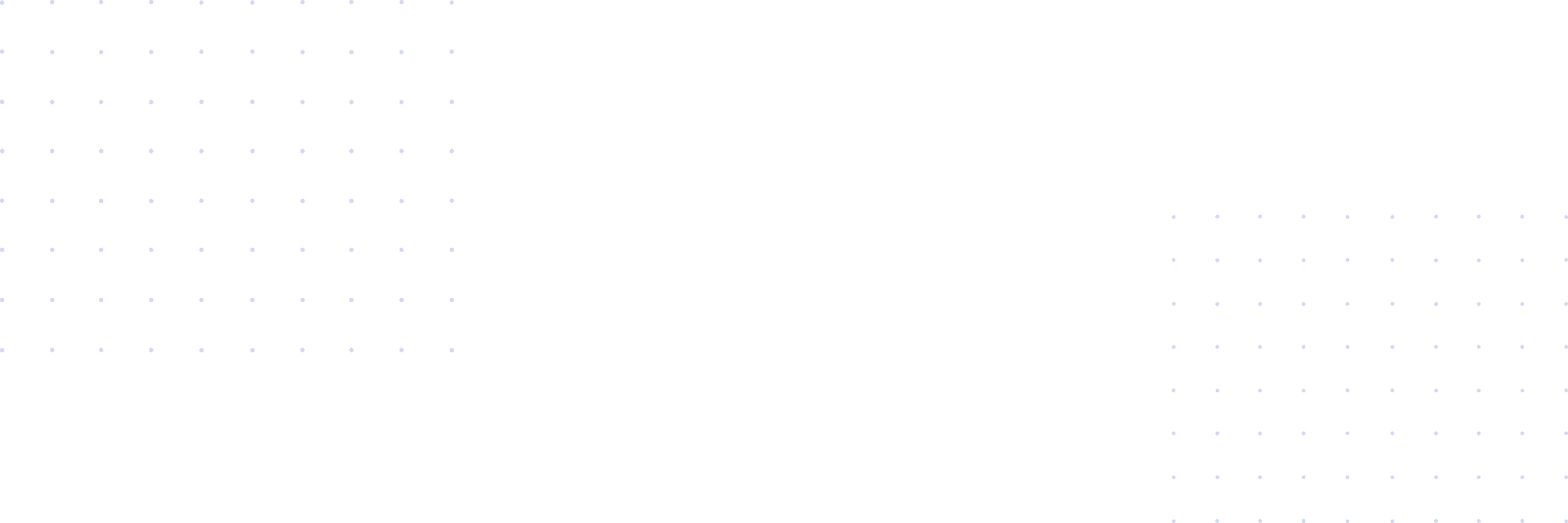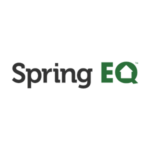Do you have a substantial amount of equity built up in your home? If your home’s value has also increased, you could take out a home equity loan or home equity line of credit (HELOC) to pay off your mortgage and possibly save a bundle in interest. But is borrowing against your home a good idea, and if you have to choose, which option is best?
Keep reading to learn more about how they work and the benefits and drawbacks of each. Understanding the pros and cons can help you make a better choice based on your financial situation and how much equity you have in your home.
What is a Home Equity Loan?
A home equity loan is a debt product homeowners commonly use to convert equity into cash. Borrowers receive a lump sum of cash that they can use in any way they desire. The loan gets repaid over fixed monthly mortgage payments. You can get variable-rate home equity loans, but most lenders use a fixed rate for each of their loans.
How Do Home Equity Loans Work?
These loan products act as second mortgages, and most of them let you borrow up to 80 percent of the equity in your home. To illustrate, if you owe $100,000 on a home that’s worth $500,000, you could get a home equity loan for up to $300,000 ($500,000 * .80 – $100,000 –> $400k – $100k = $300k).
Upon approval, the lender sends the funds to you in a lump sum payment. You’ll remit equal monthly payments for the duration of the repayment term, usually five to 30 years. Selecting a lengthier loan term reduces your monthly payments. Some people opt for shorter loans with higher monthly payments because this route helps them get out of debt sooner. Homeowners also have the opportunity to refinance their loans to adjust their monthly payments or capitalize on lower interest rates in the future.
Borrowers can borrow more equity by working with a mortgage lender that has a higher loan-to-value ratio limit. Some borrowers let you have a combined LTV ratio of 95%. In the previous example, you can borrow $300,000 against your home, but that number jumps to $375,000. The $375,000 you borrow and the remaining balance of $100,000 add up to $475,000, resulting in a 95% LTV ratio.
How to Use a Home Equity Loan to Pay Off Your Mortgage
Before you use a home equity loan to pay off your mortgage, you want to ensure you’re getting a lower interest rate than you currently have. It’s equally important to confirm the amount you’re eligible for exceeds your outstanding mortgage balance.
Here’s an example of how it works:
Assume your home is worth $375,000, you owe $150,000, and the interest rate is 4.5 percent. Therefore, your monthly payment (principal and interest) on a 30-year loan would be $1900.07.
If the lender with a max LTV of 85% gives you a home equity loan of $168,750 ($375,000 * .85 – $150,000) with a 10-year term and 3 percent interest rate, your monthly payment would be $1,629.
Consequently, you’d save $271.70 per month and eliminate 10 years of interest payments at a higher rate. However, this would be different if the lender’s 10-year loan featured a higher interest rate than the 30-year loan.
Pros and Cons of Using a Home Equity Loan to Pay Off Your Mortgage
Key Benefits:
- It’s easier to budget for the monthly payment as it stays the same over the life of the loan. Most loans are fixed-interest rate loans, but you can get a variable-rate loan to capitalize on a lower interest rate in the beginning. If interest rates fall, you save even more money.
- The interest rates are more competitive than what you’ll find with many other loan products. Borrowing money through an unsecured personal loan or credit card will result in a higher interest rate. It may also be more difficult to get the financing you need.
- There are no restrictions on how you can use the funds. You do not have to inform anyone about how you intend to use your home equity. It’s something you’ve built over time. It’s your money.
Key Drawbacks:
- Your home is at risk for foreclosure if you default on the payments. A second mortgage can make it more difficult to keep up with your current mortgage.
- You’ll pay interest on all the mortgage loan proceeds, even if you don’t use the entire amount. You can avoid this with a home equity line of credit (HELOC), but those financial products have variable rates.
- Most lenders assess points and fees in addition to closing costs. Taking out a loan can get expensive in a hurry and impact how long it takes to pay off the balance.
What Is a Home Equity Line of Credit (HELOC)
A HELOC also acts as a second mortgage and lets you access your home’s equity. It is a revolving line of credit that increases your mortgage debt. Homeowners can use HELOC funds in any way they desire.
How Do HELOCs Work?
Most lenders allow you to borrow up to 85 percent of your home’s equity minus the outstanding mortgage balance. So, if your home is worth $435,000 and you owe $165,000 on the mortgage, you could qualify for a HELOC up to $204,750 ($435,000 * .85 – $165,000).
But instead of receiving the loan proceeds in a lump sum, you’ll get access to a line of credit. You can make withdrawals from this pool of cash at any time during the draw period, which is typically ten years. The lender will likely assess interest-only payments during the draw period as well.
When the draw period ends, the lender will convert the outstanding balance to a loan repayable in monthly installments (principal and interest) over an extended repayment period. Be mindful that the payment amounts fluctuate over time as the interest rate is typically variable with HELOCs.
How to Use a HELOC to Pay Off Your Mortgage
You can pay the balance in full at once or spread it out over the draw period. Suppose you pay the balance in full once you’re approved for a HELOC. In that case, you’ll only pay interest during the draw period, which could free up a load of space in your budget to meet more pressing financial goals. But if you can make extra payments towards the principal, you could curb the amount of interest even more.
It’s also possible to allocate funds from the HELOC to cover your monthly mortgage payment and give your budget breathing room. However, this approach likely won’t save you much unless the interest rate on the HELOC is drastically lower. You also want to ensure the term remaining on your mortgage is equivalent to the draw period. Even still, you’ll be stuck with the balance on your HELOC when the draw period ends.
Pros and Cons of Using a HELOC to Pay Off Your Mortgage
Key Benefits:
- You’ll only pay interest on the amount you borrow.
- The interest rates are generally lower than what you’d get with a personal loan.
- You’re not obligated to borrow the total amount you’re eligible for.
- You can use the funds however you see fit.
Key Drawbacks:
- The monthly payments could change over time with the variable interest rate.
- You can’t buy points to lower the interest rate.
- You could lose your home if you default on the payments.
Access Home Equity Without a Loan
Both home equity loans and HELOCs can be used to pay off your mortgage, but you’ll be forced to take on even more debt to leverage these tools. Or you can get a home equity agreement and tap into your equity without borrowing more money.
A home equity agreement is a debt-free option you can use to convert your home’s equity into cash. It’s an arrangement between a homeowner and investor that gets you money today in exchange for a share of the future profits in your home.
You won’t have to refinance your home. Even better, you’ll have 10 years to decide if you want to sell your home or buy out the agreement.
Below is a breakdown of home equity agreements work:
- Step 1: The homeowner is offered a lump sum payment or co-investment in exchange for a percentage of the future increase in value.
- Step 2: The home is appraised to ensure the offer is viable.
- Step 3: The homeowner reviews the closing documents and signs on the dotted line.
- Step 4: The homeowner receives the cash for the co-investment.
At the end of the agreement, the homeowner either sells the property or buys out the contract. Either way, the investor receives their initial co-investment plus their share of the profits. (Some investors also share in the losses, assuming you don’t sell the home before an agreed-upon date as specified in the contract).
However, this alternative can get become more expensive behind the scenes. If your home’s value increases, you won’t benefit as much from the price expansion. According to Norada Real Estate, Florida home values jumped 80% from 2018 to 2022. A homeowner with a $500,000 property would have seen their investment jump to $900,000 during that same time frame. If the homeowner gave up a percentage of their home’s future increases in value, they could have missed out on great gains. While each real estate market is different, you will miss out on some of those gains if you opt for a home equity agreement. If you take out a home equity loan or HELOC, you do not have to worry about this risk.
What Can You Use the Cash from a Home Equity Loan for?
You’re free to use the cash from a home equity loan however you want. Consider using a portion to pay off your mortgage – the remainder can eliminate high-interest debt, beef up your nest egg, fund a big-ticket purchase or cover business expenses for your startup. The choice is yours.



